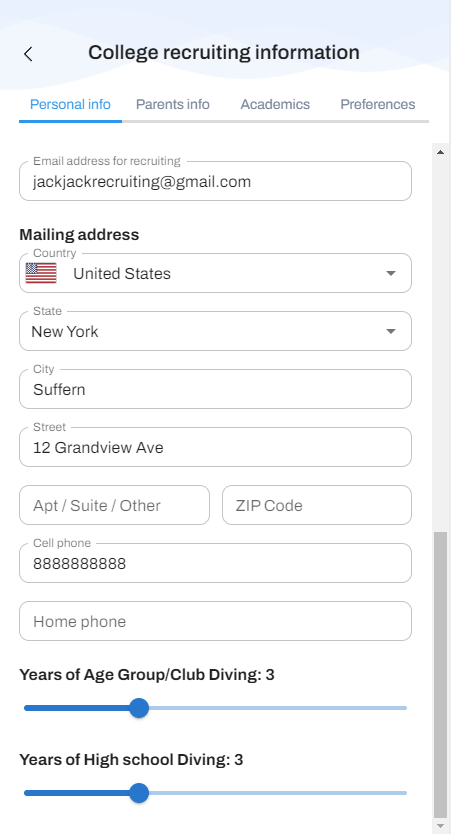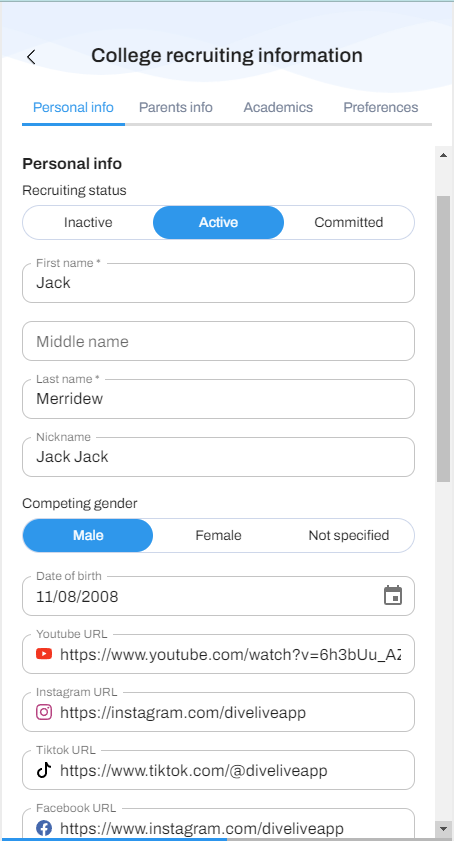Advanced Technology Enabling Underwater Live Streaming
The technical infrastructure supporting live diving operations represents a remarkable achievement in marine technology integration. Specialized underwater communication systems, pressure-resistant broadcasting equipment, and satellite uplink capabilities work together to deliver high-quality live streams from ocean depths ranging from shallow coral reefs to abyssal plains thousands of meters below the surface.
Modern live diving setups incorporate multiple camera angles, underwater lighting systems, and real-time data transmission that provides viewers with comprehensive environmental information including water temperature, depth readings, and marine life identification. Professional dive teams undergo extensive training to operate this sophisticated equipment while maintaining safety protocols and delivering engaging educational content that captivates audiences worldwide.
The integration of artificial intelligence and machine learning technologies has further enhanced live diving experiences, enabling automatic marine species identification, real-time environmental monitoring, and predictive analytics that help dive teams locate areas of high marine activity for optimal viewing experiences.




